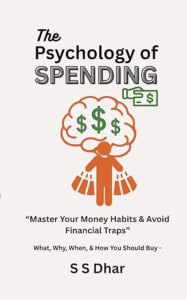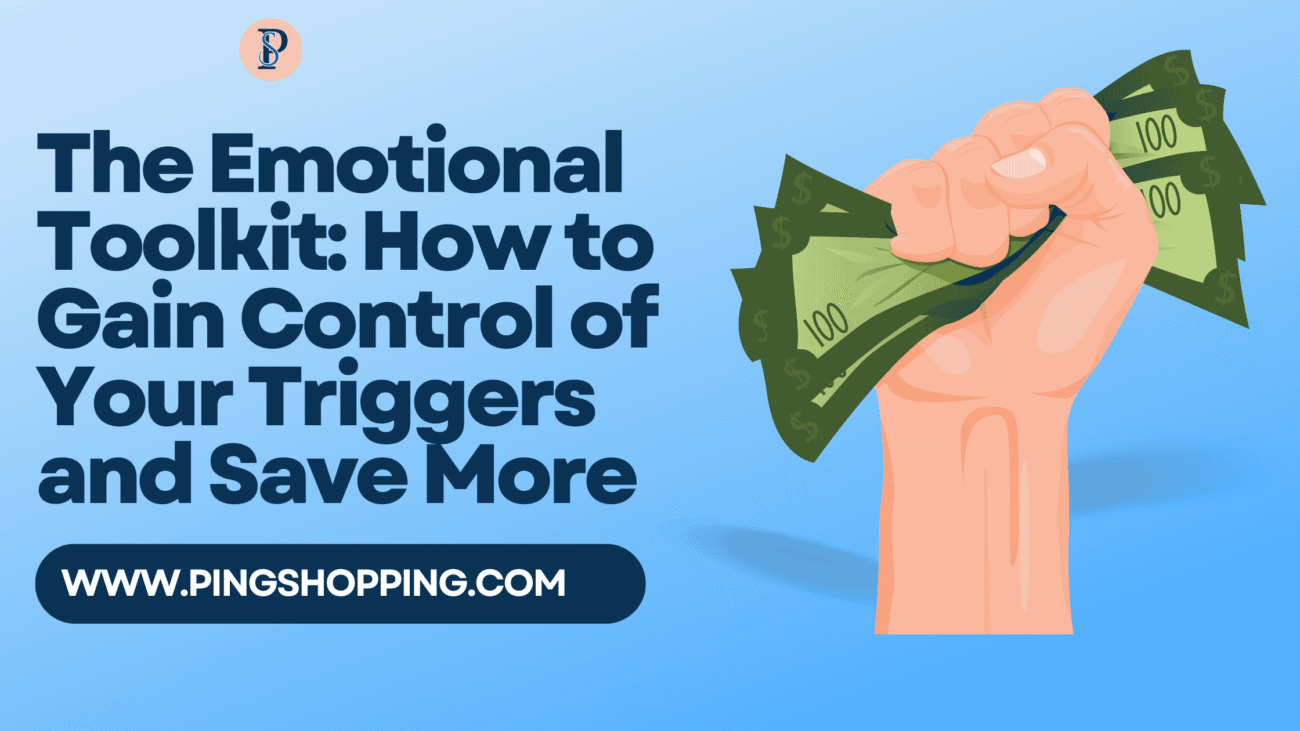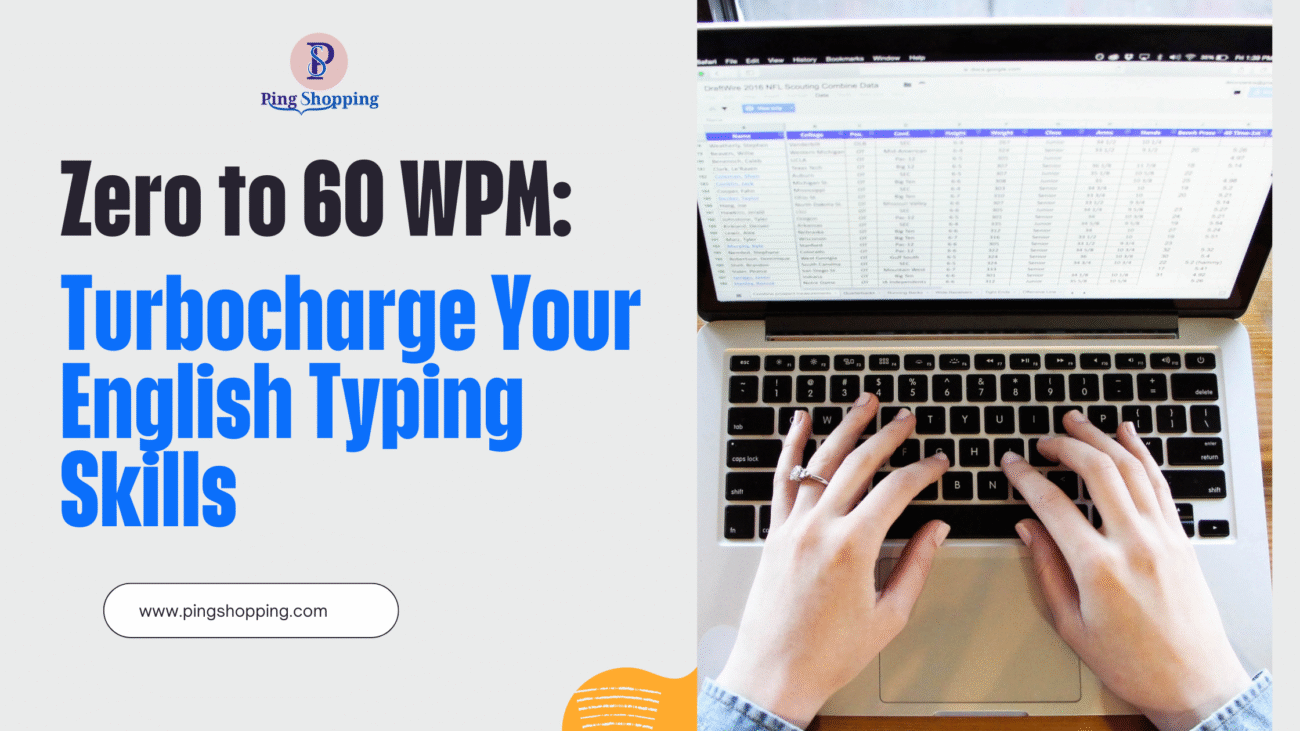Do you make spending decisions based on your emotions or needs? If your emotions drive you in planning the expenses, then it’s time to make some changes. Retail therapy, doom spending, or reckless splurges might provide fleeting comfort, but they blow budgets and long-term goals. To encounter them, you can use an emotional toolkit, rooted in emotional awareness and emotional intelligence (EQ). So, go through this article to know more and control your investment decisions.

1. Know Your Triggers: Awareness Is the First Step
An introductory lesson from the Managing Your Triggers Emotional Toolkit teaches that triggers are not based on what happens outside of us but rather in our own history, conditioning, and emotional wounds. Only by becoming aware of the specific circumstances or emotions triggering our spending impulses—such as stress, loneliness, boredom, or celebration—can we take charge. On the monetary front, recent studies point out that emotions like stress, boredom, or happiness often lead to emotional expenditure. Identification of such emotions and the surroundings where they arise is the first key step.
2. Track the Why: Journaling Reveals Hidden Patterns
Knowing what you’re spending and why you’re spending is crucial. An effective technique from an article at GOBankingRates suggests maintaining an emotional spending journal. Take a moment before you make a purchase and write down your feelings—are you sad? anxious? hopeful?—and why you believe the purchase will do so. Many have found that merely labeling the emotion breaks its hold.
3. State-Shifting Techniques: Regain Control
Be aware of the strong 4-step “state-shifting” practice—a systematic method of stepping out of the emotionally charged experience and restoring composure. However, the complete approach involves seven recovery tools, but three easy examples are:
- Pause and breathe: Give your rational self some time to catch up.
- Reframe the situation: Ask yourself, “Is this a need or a passing feeling?”
- Ground yourself in values: Recall your long-term objectives—what’s most important to you?
An emotional toolkit also promotes rapid stress-relief strategies like mindfulness and tuning into your current emotional and physical state.
4. Delay Gratification: Give Emotion Time to Cool
In behavioral psychology, the instant dopamine rush of retail therapy can win out over reason. You must give some time for the emotions to cool off. Take 24 hours before buying to slash impulses. This provides room to question whether the product is an essential or an emotional whim.
5. Healthy Alternatives to Emotional Spending
Rather than shopping to relieve emotional distress, opt for healthier coping mechanisms:
- Exercise, meditation, journaling, spending time with friends, or doing hobbies.
- Even a simple thing like petting an animal or simply listening to soothing music can curb that emotional hunger—without cutting into your finances
6. Rearrange Your Environment
Experts encourage tidying up your digital and physical spending triggers—unsubscribe from marketing emails, block shopping apps, or unfollow enticing brands. Reducing the visibility will save you from getting triggered to buy. Similarly, keeping your environment decluttered can reduce stress and emotional reactivity will be integral for discipline enhancement.
7. Redefine Your Relationship with Money
After your relationship with yourself, focusing on your relationship with money will save you from plenty of troubles. You have to know the emotional underpinnings of your spending. Being aware of “money origin story”, such as your early life spending habits, can help a lot. Were emotional needs fulfilled with purchases? Knowing this enables you to redefine attitudes about money and self-worth. At the same time, research in financial psychology highlights the value of separating needs from wants, and centering on relationships and experiences more than things.
8. Build Emotional Awareness to Transform Your Finance
Here are the four pillars of emotional intelligence that allow for healthier spending:
- Self-Awareness: Emotional awareness.
- Self-Management: Managing reactions to stress or escapist pressures.
- Social Awareness: Awareness of external factors.
- Relationship Management: Maintaining supportive relationships (e.g., accountability partners)
As your EQ increases, your spending habits will come under control easily.
Is there any Book to help you with the Emotional Toolkit and Save More?
For in-depth information on emotional triggers and personal change, try reading “

By combining reading with journaling, mindfulness, and spending logs, you’ll have a well-rounded toolkit that not only helps you to shop less, but to live more mindfully.
Final Take
Mastering emotional spending isn’t about self-denial; it’s about understanding why you are making a particular purchase. With self-knowledge, disciplined pause, delayed gratification, supportive habits, and EQ training, you can rewrite your spending script. By implementing the tools described above and backed by ongoing learning with the books, you’re setting yourself up for financial health rooted in emotional wisdom.





